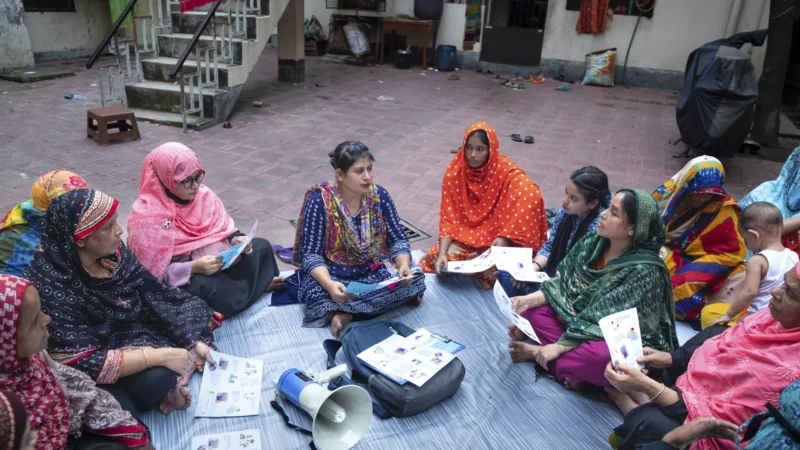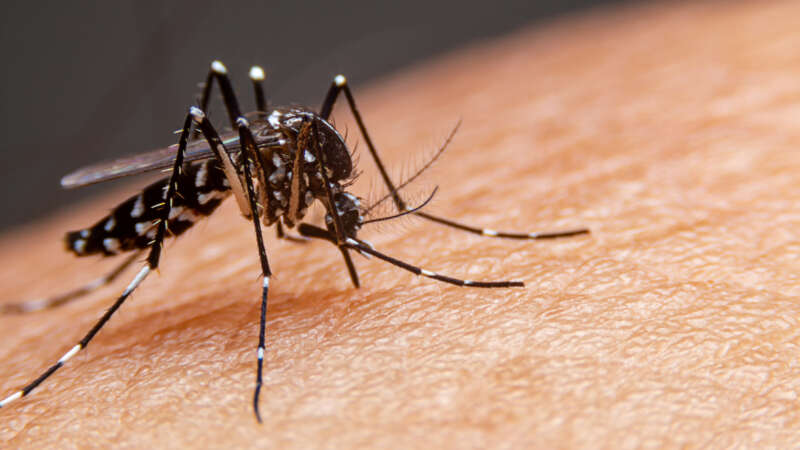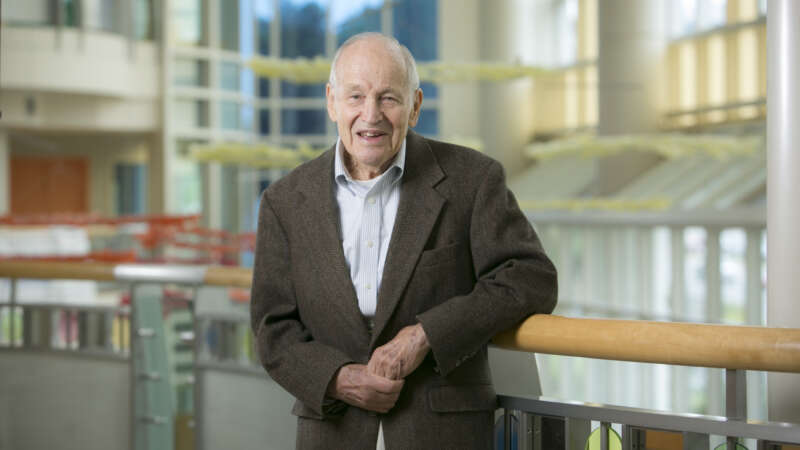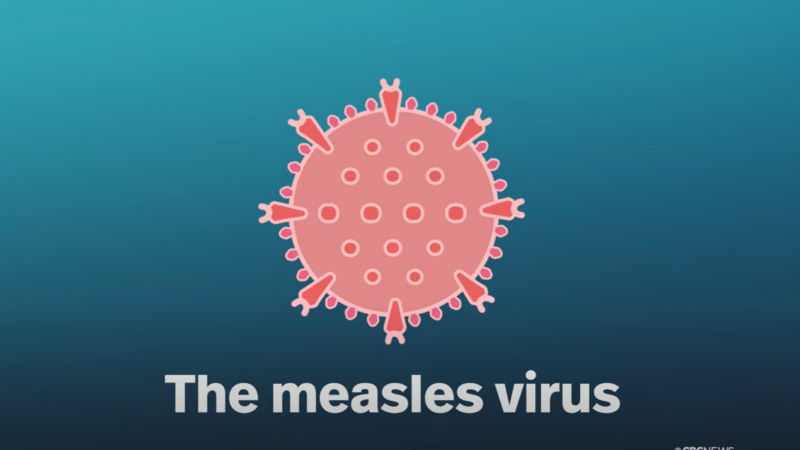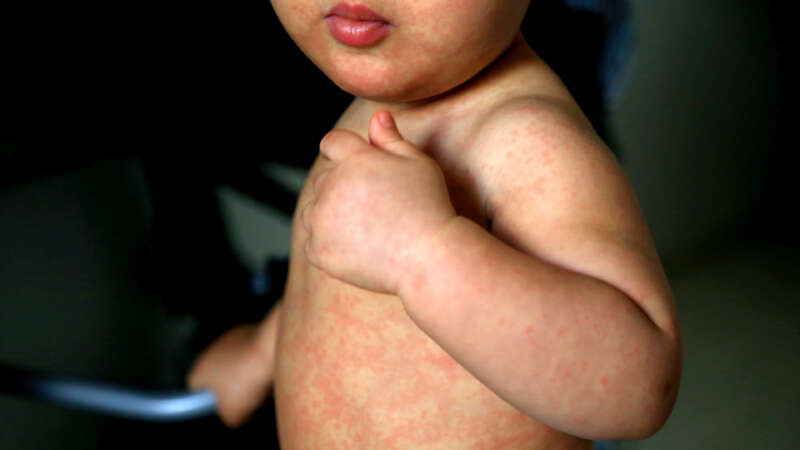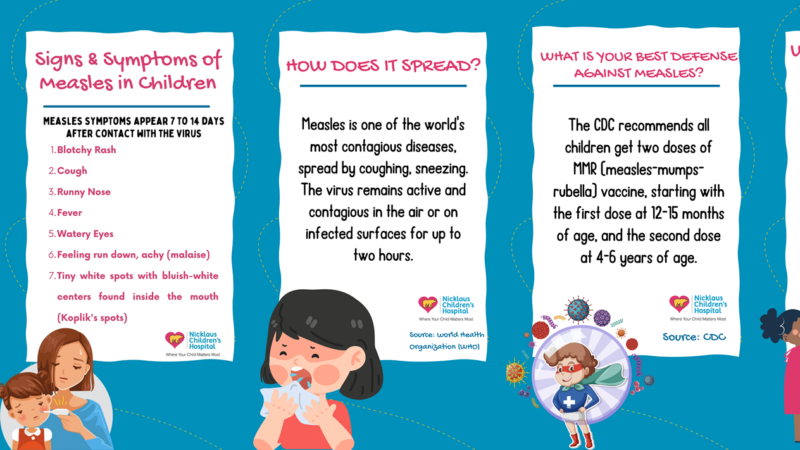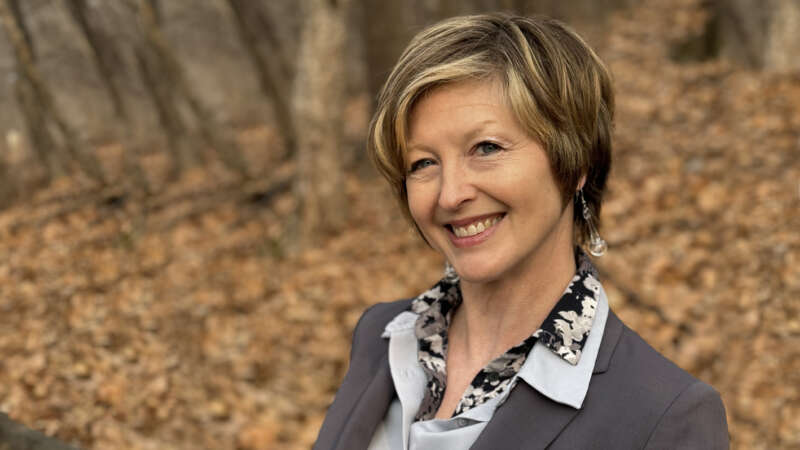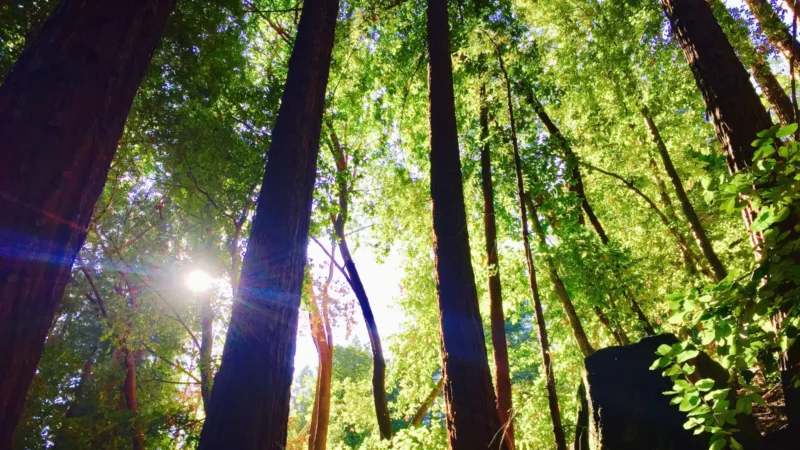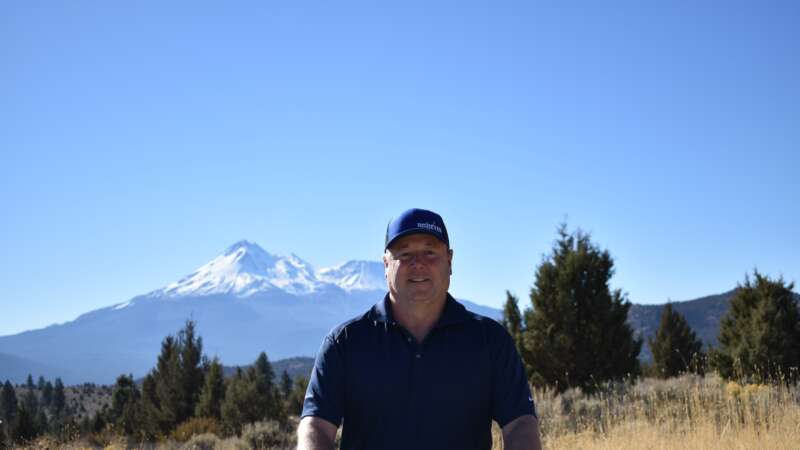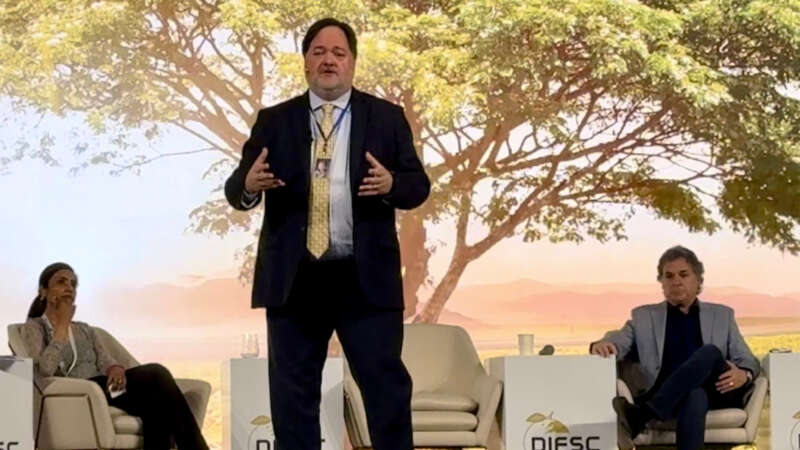In Society
Shiuly Khatun: Dengue Warrior
Shiuly Khatun is a Field Supervisor at the Dhalpur Aalo Clinic in Dhaka, Bangladesh, where she manages and coordinates the clinic’s operations. Her daily responsibilities are vast and critical, ranging from mapping areas and dividing work for community volunteers to conducting health sessions and overseeing satellite clinic activities.
Dengue fever, once confined to the tropics, now threatens the U.S.
Climate change is expanding the habitat of the mosquitoes that carry the disease, allowing them to spread further north.
Meg Norris was traveling in Argentina in April when the first signs of dengue fever hit her. The weather in Salta, just south of the Bolivian border, was warm, but Norris, a 33-year-old from Boulder, Colorado, zipped a fleece sweatshirt around her body to stop herself from shivering.
“I thought it was sun poisoning,” she said.
Dr. Samuel Katz: The Man Who Helped Conquer Measles
Dr. Samuel Katz made monumental contributions to pediatric health and vaccinations before his passing on October 31, 2022, at the age of 95. His career was proof that one dedicated individual can have a profound impact on global public health.
Born on May 29, 1927, in Manchester, NH, Samuel Katz initially studied journalism at Dartmouth College, but quickly switched to medicine after a stint in the Navy during World War II. Moving on to his medical studies at Harvard Medical School, he was drawn into the world of virology under the tutelage of John Enders, a Nobel Laureate. This collaboration marked the beginning of Katz’s lifelong battle against infectious diseases, which included the development of the measles vaccine.
Understanding Measles
Check out this video by CBC on one of the world’s most contagious but preventable diseases. Learn how measles attacks the body and what makes it so contagious.
Europe and the U.S. Battle Measles – Again
Initially, doctors in the Tuzla Canton of the Federation of Bosnia and Herzegovina thought the rash on young Imran’s* stomach could be scarlet fever. Or maybe it was Kawasaki disease. As reported by Eurosurveillance, that was in early December 2023. By Christmas, four of Imran’s preschool classmates had been admitted to the hospital with measles. By mid-January 2024, another epidemiologically linked case – again originally misdiagnosed as the much less contagious scarlet fever – presented in a neighboring canton. Two more quickly followed. Between the last week of December and the middle of February, the Balkan nation had reported 141 new measles cases.
Barts Health Trust’s Dr. David Harrington said the misdiagnoses should not be unexpected.
“Many front-line clinicians won’t have seen measles for several years,” he told Medscape UK. “So good education and training and collaboration between public health and infection specialists with those in primary and emergency care is key.”
Protect Your Child Against Measles
This infographic from the Nicklaus Children’s Hospital shares with you what you need to know, and do, to protect your child from measles.
Dr. Tamberly Conway: Nurturing Forests & Human Health
Dr. Tamberly Conway, Founder and CEO of Conservation Conexions, is not just a conservationist for our forests but also a leader in the realm of forest therapy.
During her career, Tamberly has worn many hats. From a dedicated Forest Service employee to an Association of Nature and Forest Therapy Certified Guide, entwining her passion for the natural world within each role she has taken on.
She spent her time with the U.S. Forest Service Conservation Education Program advocating for forest health and human wellbeing, primarily for and within diverse communities. In December of 2019, Tamberly left the USFS to fully dedicate herself to Forest Therapy and its ability to connect and nurture both land and human health.
Japanese “Forest Medicine” – Using Nature to Heal Yourself
The fountain of youth is a forest. Trees cast off years and grant health and cheer, or so transcendentalist Ralph Waldo Emerson claimed in his 1836 essay “Nature.” ”In the woods,” he wrote, “I feel that nothing can befall me [. . .] which nature cannot repair.”
Indeed, research shows that trees really do have healing powers. For one thing, they release antimicrobial essential oils, called phytoncides, that protect trees from germs and have a host of health benefits for people.
Peter DeChant: Vector Control Visionary
The story of Peter DeChant, a veteran in the mosquito and vector control profession whose journey spans over four decades, is one of dedication, innovation, and relentless commitment to combating mosquito-borne diseases.
Peter’s journey began in 1978 when he became a field technician with Multnomah County Vector Control in Portland, Oregon. Little did he know then that this would mark the start of a lifelong crusade against one of the deadliest creatures on the planet.
By 1983, Peter’s skills and passion for his work led him to the role of Chief Sanitarian, where he led the program for 14 years. It was during this time that he honed his expertise and laid the foundation for his future endeavors.
Dr. Darin Detwiler: Shaping the Future of Food Safety
Dr. Darin Detwiler, LP.D., M.A.Ed., is an influential figure in the realm of food policy and technology, currently serving as the Assistant Dean of Academic and Faculty Affairs at Northeastern University’s College of Professional Studies in Boston, MA. In addition to his administrative role, Dr. Detwiler is an Assistant Teaching Professor of Food Policy and leads the MS in Regulatory Affairs of Food and Food Industry program.
With over 25 years of experience influencing federal food policy, Dr. Detwiler is a globally recognized expert in the field with his contributions extending beyond the academic sphere, as he actively engages with industry events and publications.
